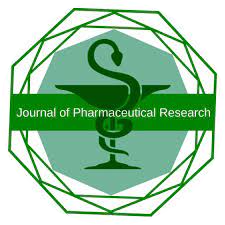


Journal of Pharmaceutical Research
Year: 2025, Volume: 24, Issue: 3, Pages: 146–149
Review Article
D Sowmiya1,∗
1Assistant Professor, PG and Research Department of Botany, Nallamuthu Gounder Mahalingam College, Pollachi, Tamil Nadu, India
*Corresponding Author
Email: d.sowmiya22@gmail.com
Pteridophytes, the non-seeded vascular cryptogams, dominated terrestrial vegetation about 350 million years ago and represent the second-largest component of the world flora, with over 250 genera and nearly 12,000 species. Within this group, the family Pteridaceae comprises 53 genera and about 950 species, making it the second-largest family of pteridophytes. Members of this family are widely recognized for their medicinal and therapeutic potential, largely due to the presence of diverse secondary metabolites. Phytochemical investigations reveal that many Pteridaceae species produce bioactive compounds of relevance in agriculture, veterinary, and human medicine. These metabolites are associated with antioxidant, antimicrobial, anti-inflammatory, and other pharmacological properties, making them promising candidates for novel drug development. Despite their potential, phytochemical studies on Pteridaceae remain scattered and underexplored. This review synthesizes existing qualitative studies on the phytochemistry of Pteridaceae, highlighting their pharmacological significance, trends in research, and gaps that warrant further investigation.
Keywords: Pteridaceae, Pteridophytes, Phytochemicals, Secondary Metabolites, Therapeutic Potential
© 2025 Published by Krupanidhi College of Pharmacy. This is an open-access article under the CC BY-NC-ND license (https://creativecommons.org/licenses/by-nc-nd/4.0/)
Subscribe now for latest articles and news.